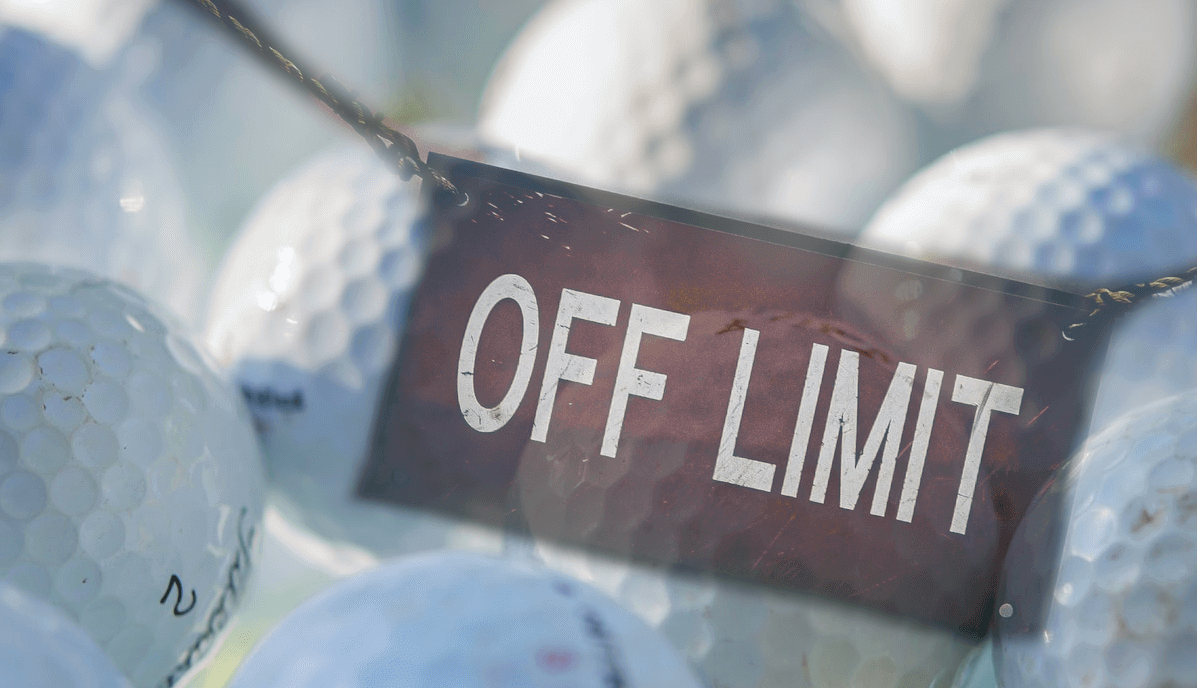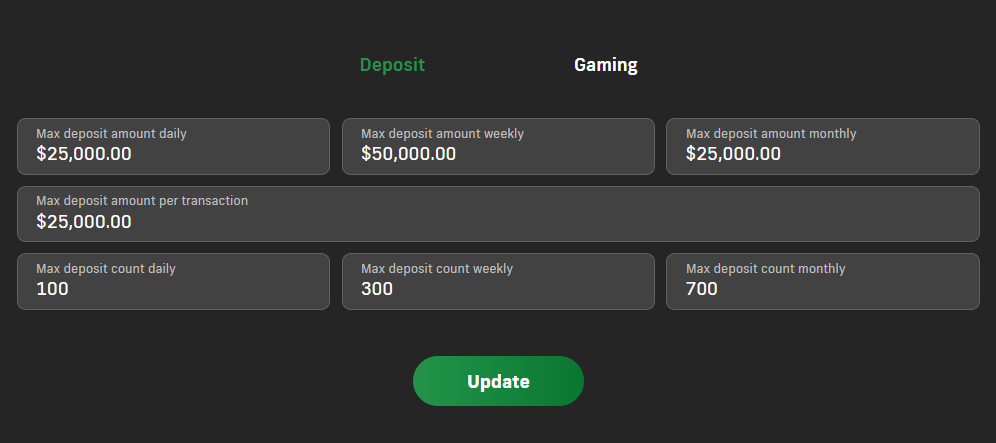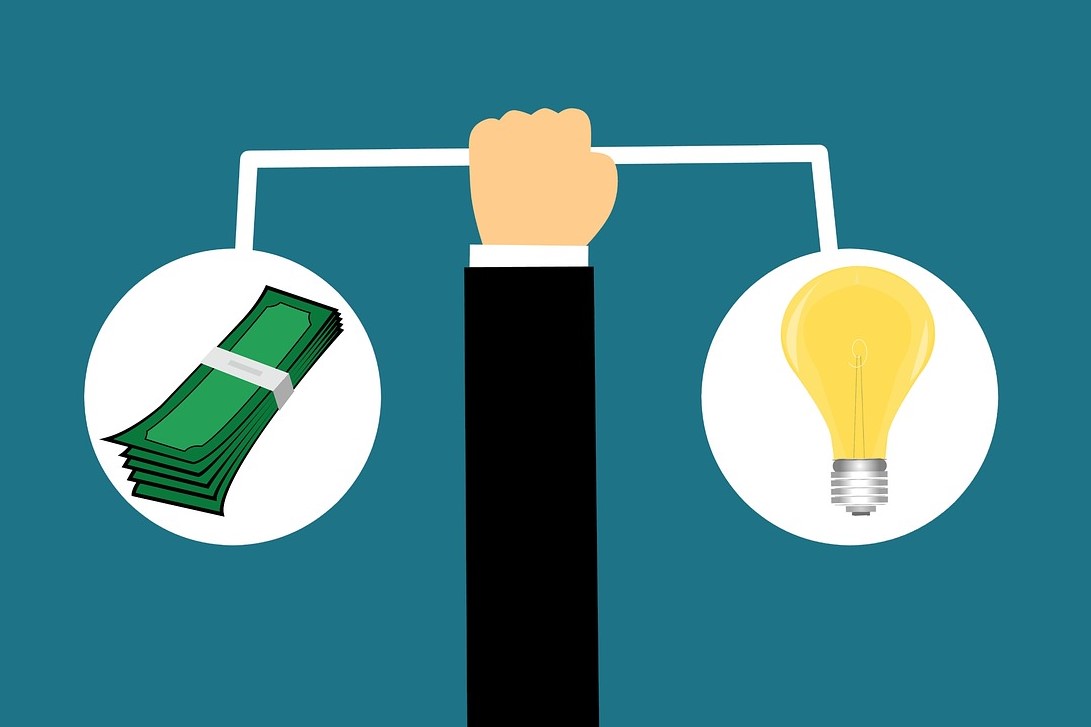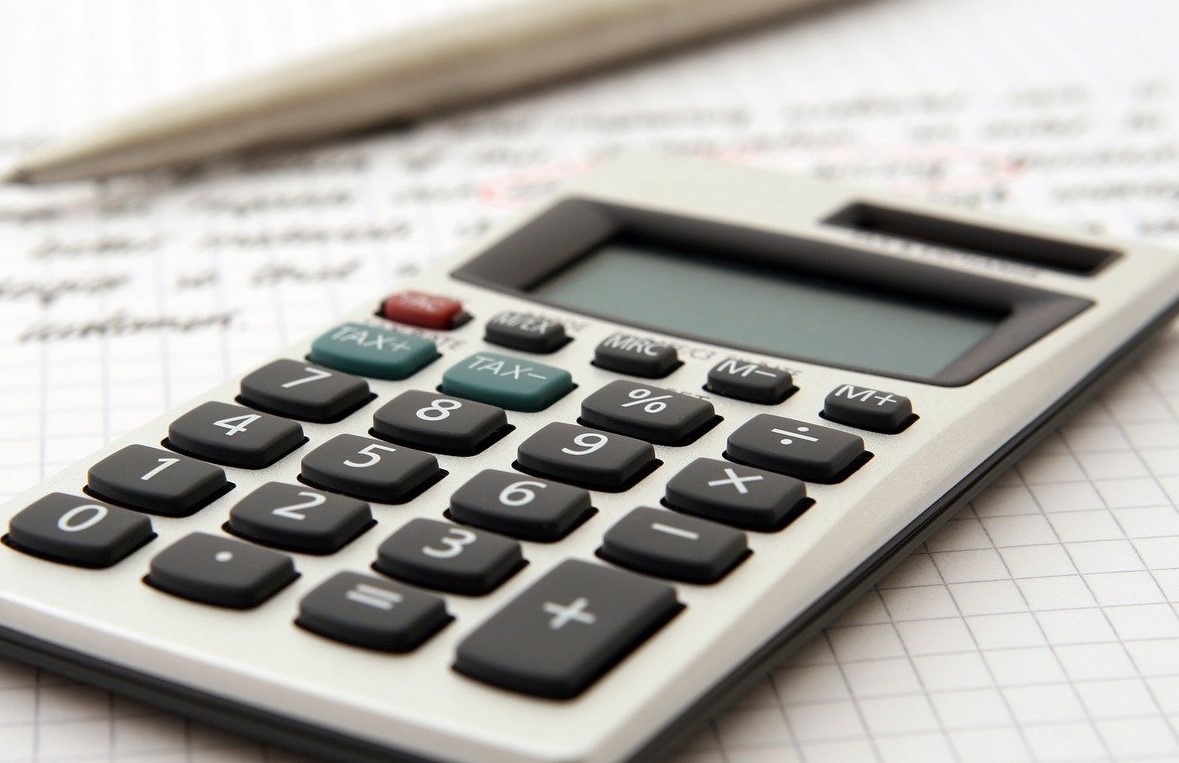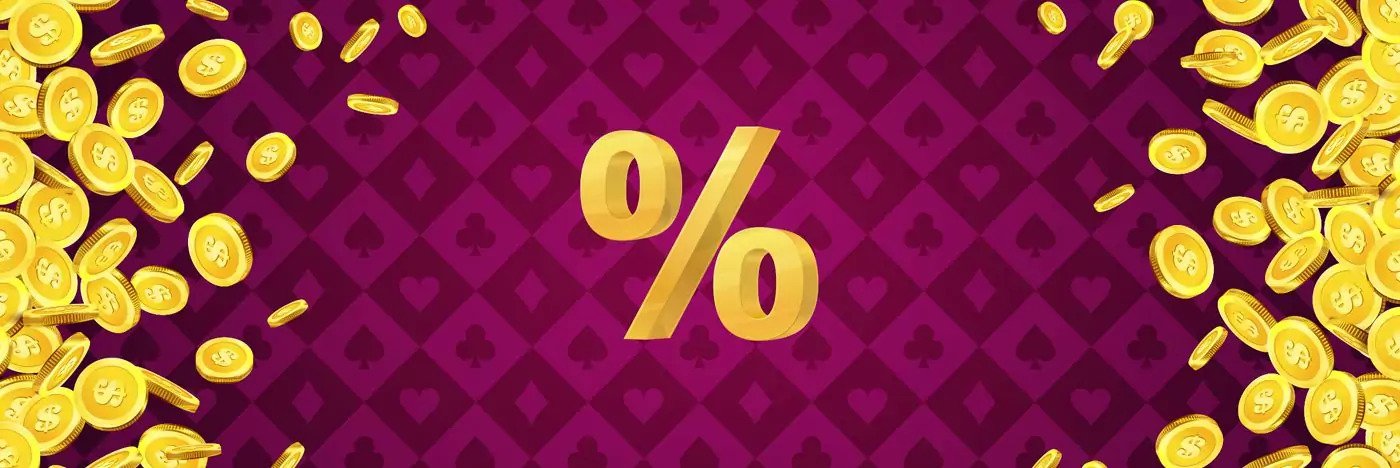Written By:
Jelena Kabić
About Author
Jelena Kabic is a sports betting writer that focusses on responsible gambling. A psychologist by vocation, Jelena volunteered in a rehab facility, where she worked with gambling addicts. She now reviews all our content to ensure it discusses betting in a socially responsible way.
Fact Checked By:
Amy Webb
About Author
Amy's introduction to the gambling world was 6 years ago, when she joined a casino operator as a content specialist. Since then, she's helped launch and maintain gambling review sites in over 8 different countries. She's tested dozens of casinos and sportsbooks, which is how she can spot a subpar brand in an instant!
Last Update
July 27, 2023
Last Update:
Sports Odds Explained - How Do Betting Odds Work?
Sports Odds Explained – How Do Betting Odds Work?

Not sure how to understand and read sports odds?
Don’t worry, as we’re going to walk you through all the ins and outs of how odds work.
By the end of this odds guide, you’ll be reading odds like a pro, as well as know what to watch out for to get the best value for your money!
The Top Sportsbooks with Competitive Odds
What Are Odds?
Let’s start with the basics. What are odds, and why do we need them?
When you place a sports bet (or any other bet), odds are always attached to it.
Odds are set by bookmakers and reflect the probability of a particular event happening.
For example, if you’ve bet that Calgary Flames will win over Tampa Bay Lightning in their NHL match, the odds attached to the bet will show you how likely bookmakers think it will happen.

Why Are Odds Used?
Any bookmaker is a business and needs to operate at a profit.
Odds are crucial for bookmakers to calculate the best return based on how likely an event can occur.
For example, suppose Carolina Hurricanes are more likely to win the match because their performance is superior to Tamba Bay Lightning.
In that case, it makes sense for bookmakers to adjust the odds and make sure that bettors will only get a small payout from this likely outcome as a lot of people will be betting on it.
As you will see later on in the article, there are other ways that bookmakers safeguard their profit, as well as tricks for you to figure out good opportunities based on odds.
First, let’s look at some common odds formats.
How to Read Sports Odds
Betting odds can take on different formats depending on the region. There are plenty of odd formats, but in this article, we’ll focus on the three main types:
- American Odds
- Fractional Odds
- Decimal Odds
The vast majority of sportsbooks offer all types of odds formats and allow you to switch to your preferred type.
We’ll walk you through these three main types and how to read odds in the simplest way possible so that you can then select your preferred option.
Before we start…
Take Note!
These different types of odds refer to the format and do not indicate any difference in payout.
American Odds
This odds format is sometimes known as Moneyline odds.
Let’s take a look at what some typical odds would look like:
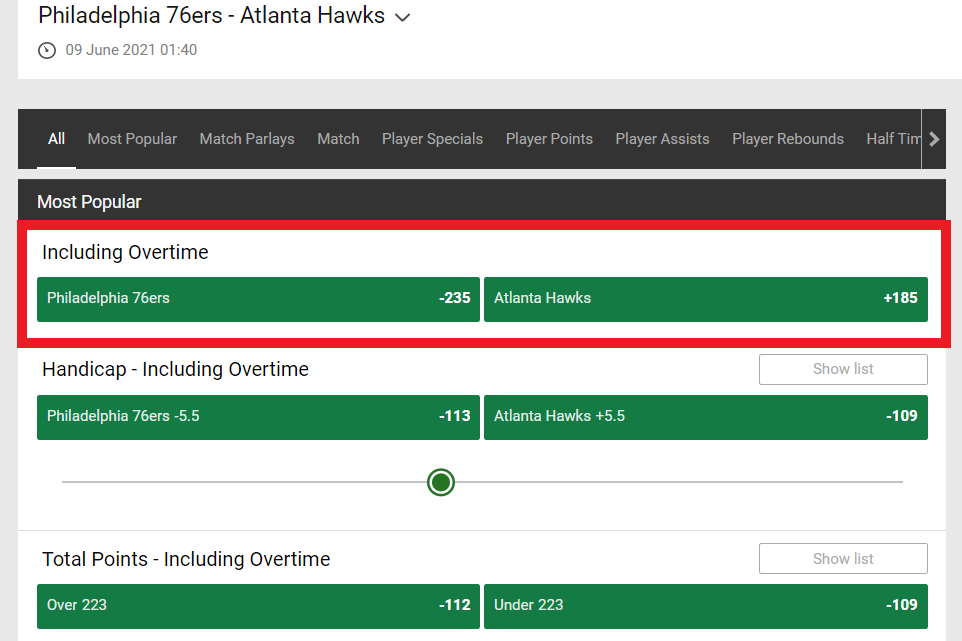
Are the positive and negative signs confusing? One second, we’ll explain.
How does Plus/Minus Work in Sports Betting?
A plus sign (+) indicates the amount of money you would win with a successful $100 bet.
For example, +200 means that you win $200 (plus original bet) from a $100 wager.
A negative sign (-) reflects the amount of money that you need to wager to win $100.
For example, -200 indicates that you need to bet $200 to win $100 (plus original bet).
A plus sign also indicates that the team is the underdog, while a negative sign marks the team as the favourite to win.
Now let’s go back to the original example from the NBA’s Philadelphia 76ers vs. Atlanta Hawks.
Philadelphia 76ers are the favourites to win, and you would need to bet $235 to get a $100 return.
When you include the original $235 bet, you will get a total payout of $335 and a profit of $100.
Atlanta Hawks are the underdogs of the game, and with a $100 bet, you’d win $185.
Including the original $100 bet, you will get a total payout of $285, and a profit of $185.
Fractional Odds
Fractional odds are also referred to as British odds and are more commonly seen in sports like horse racing and soccer.
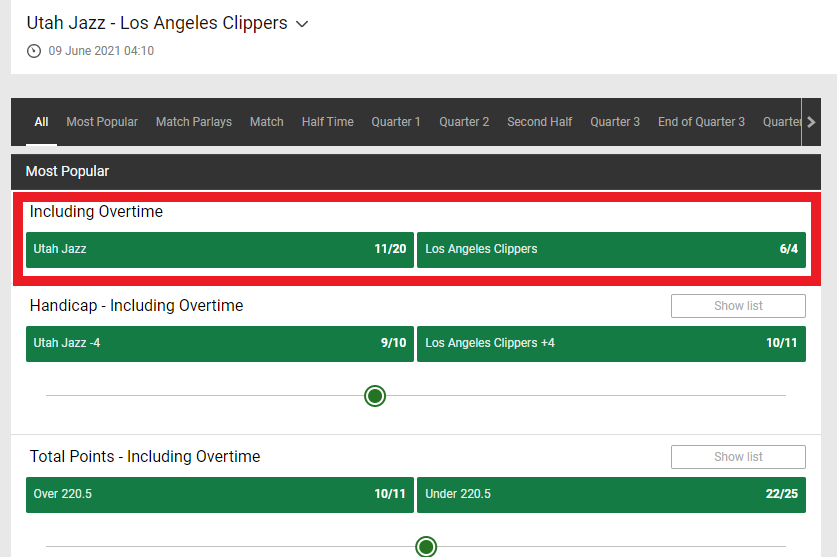
Here we can see Utah Jazz with 11 to 20 odds versus the Los Angeles Clippers with 6 to 4 odds.
Top Tip!
The denominator (the second number) reflects the amount bet. The numerator (the first number) is the amount that your bet will yield.
In the simplest terms, if you bet $20 on Utah Jazz, you could get winnings of $11, and a total payout of $31 ($20 + $11).
On the other hand, betting $4 on Los Angeles Clippers will get you winnings of $6, and a total payout of $10 ($4+$6).
The favourite will have a denominator (second number) greater than the first, while the underdog will have a numerator (first number) greater than the denominator.
In this case, we can deduce that Utah Jazz is the favourite to win the match.
Decimal Odds
In our opinion, decimal odds are the easiest to read and calculate.
Decimal odds are a bit more common in Europe, but as stated before, sportsbooks generally offer all three odds formats.
Let’s view this example:
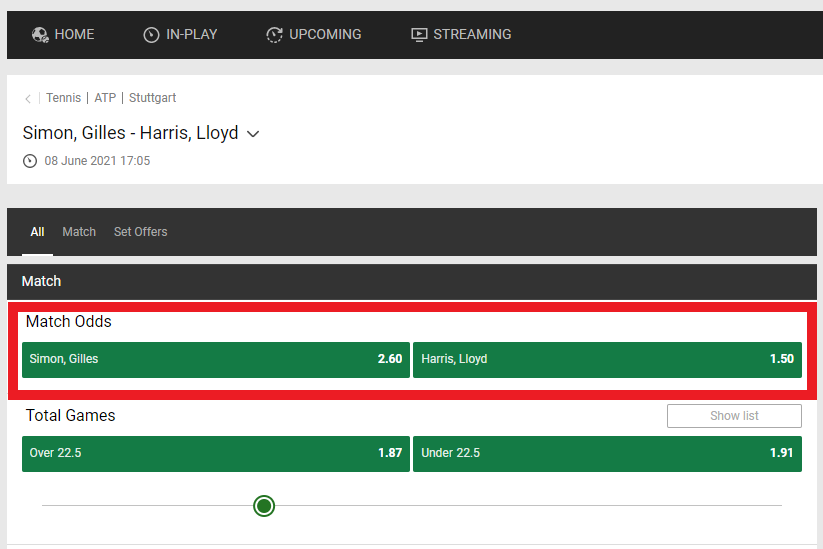
In this tennis match, Gilles Simon has odds of 2.60, while Lloyd Harris has odds of 1.50.
Say we place a $20 bet on Gilles Simon. If we win that bet, we get a payout of $52 (2.60×20).
On the other hand, placing a $20 bet on Lloyd Harris gets us a payout of $30 (1.50×20).
This marks Lloyd Harris as the favourite to win the game because the odds number is lower, and the payout is smaller.
How to Convert Odds
Odds calculators are widely available, and these are a great help when you want to convert from one format to the next.
However, if you want to do it manually, we’ve prepared some easy instructions for you to follow.
| American Odds to Decimal | Formula | Example |
|---|---|---|
| Positive Odds | 1 + (Odds ÷100) | +200 = 1+(200 ÷ 100) =3 |
| Negative Odds | 1 – (Odds ÷ 100) | -200 = 1 – (200 ÷ 100) = 1.50 |
| American Odds to Fractional | Formula | Example |
|---|---|---|
| Positive Odds | Odds ÷ 100 | +200 = 200 ÷ 100 = 2/1 |
| Negative Odds | -100 ÷ Odds | – 200 = -100 ÷ -200 = 1/2 |
| Fractional Odds to Decimal | Formula | Example |
|---|---|---|
| 1 + Fractional Value | 2 / 1 = (2 ÷ 1) + 1 = 3 |
| Fractional Odds to American | Formula | Example |
|---|---|---|
| Positive American Odds | Fractional Value x 100 | 2/1 = (2 ÷ 1) x 100 = 200 |
| Negative American Odds | -100 ÷ Fractional Odds | 1/4 = -100 ÷ (1/4) = -400 |
| Decimal Odds to Fractional | Formula | Example |
|---|---|---|
| 1 – Decimal Value | 4 = 4-1 = 3 (3/1) |
| Decimal Odds to American | Formula | Example |
|---|---|---|
| Positive American Odds | (Decimal Value – 1) x 100 | 2.0 = (2-1) x 100 = 200 |
| Negative American Odds | -100 ÷ (Decimal Value – 1) | 1.40 = -100 ÷ (1.4-1) = -250 |
What Is Implied Probability?
If you’re reading up on sports betting, you might have seen the term ‘implied probability’ floating around.
Implied probability refers to how likely an event can occur. Bookmakers use statistics and analysis to come up with odds based on these estimated probabilities.
How Can You Calculate Implied Probability?
Again, odds calculators are a great tool to use and you can easily find them for free online. However, you can also do a simple, manual calculation.
Converting Decimal Odds to Implied Probability
Calculating the implied probability from decimal odds is probably the easiest of all methods. Let’s have a look at the formula:
Decimal Odds to Implied Probability
(1/decimal odds) x 100 = implied probability
So, if for instance we want to calculate the implied probability for 1.20 decimal odds:
(1/1.20) x 100 = 83.33% implied probability
American Odds to Implied Probability
This calculation varies slightly, depending on whether the American odds are negative or positive. Have a look at the two calculations below!
Negative American Odds
Negative American Odds to Implied Probability
Negative American odds / (Negative American odds + 100) x 100 = implied probability
If we take a concrete example of odds of -200:
200 / (200+100) x 100 = 66.67% implied probability
Positive American Odds
On the other hand, if we have have +200 odds:
Positive American Odds to Implied Probability
100 / (positive American odds + 100) x 100 = implied probability
100 / (200 + 100 ) x 100 = 33.33% implied probability
Here’s an example of what that looks like once you’ve got all the calculations in:
| American Odds | Decimal Odds | Fractional Odds | Implied Probability |
|---|---|---|---|
| -200 | 1.5 | 1/2 | 66.67% |
| +400 | 5.00 | 4/1 | 20.00% |
| +200 | 3.0 | 1/2 | 33.33% |
| -500 | 1.20 | 1/5 | 83.33% |
Implied Probability Versus Real Probability
What’s the difference between implied probability and real probability?
Here’s an example:
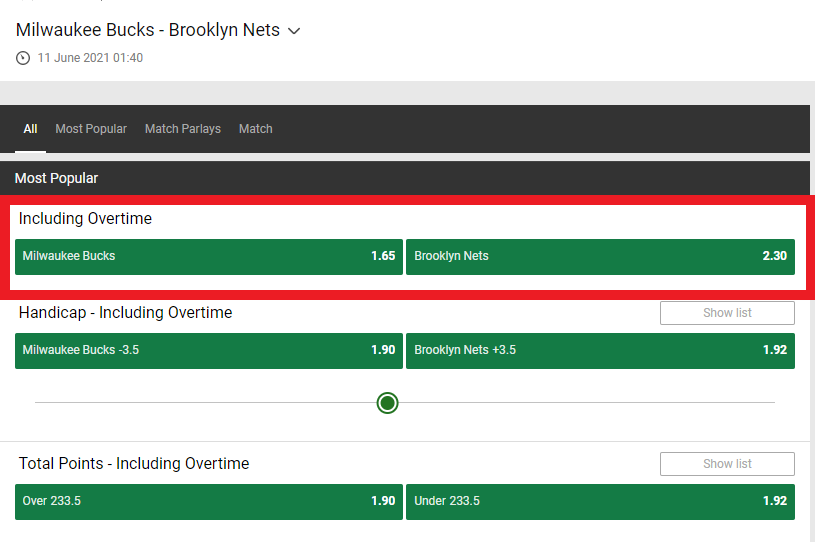
According to these odds, the implied probability of Milwaukee Bucks winning is 60.61%.
The implied probability of Brooklyn Nets winning is 43.48%.
That adds up to a total of 104.09% (60.61 + 43.48)
Why doesn’t it add up to 100%?
We know very well that any sports bookmaker is a business, and as such, needs to make a profit to keep the business going.
One of the ways bookmakers profit is in the way they distribute the odds for sports events.
As saw previously, the summation of odds for the NBA match added up to 104.09%
Thus, we can conclude that the events’ probabilities were altered to guarantee a profit margin for the house.
Let’s go to another example to illustrate this further.
Imagine you have a deck of cards with an equal number of red and black cards, and you want to match the colour of the first card you remove from the deck.
In this case, the odds are equal for both red and black cards – an ideal situation if you were to apply the Martingale strategy.
| Red | Black | |
|---|---|---|
| Fair odds | 2.00 | 2.00 |
| Probability | 50% | 50% |
Now see what happens when these odds are slightly changed:
| Red | Black | |
|---|---|---|
| Odds Displayed | 1.90 | 1.90 |
| Probability | 52.6% | 52.6% |
For each €1 bet instead of receiving €2, the bettor receives €1.90 because the odd has decreased slightly.
To go back to the earlier example, 4.09% is the profit margin of the sportsbook. It is otherwise known as house edge, or Vigorish (Vig for short).
Why Should You Care About the House Edge?
As each bookmaker is responsible for its odds, it is essential to always compare between sportsbooks and choose the ones that will offer you the best value for money.
Top Tip!
The higher the house’s profit margin, the lower the odds offered.
So keep an eye out for that margin. If you exceed a 10% profit margin, placing this bet on that house may not be a good choice.
But there are also exceptions!
Value Bets
Knowing how to identify situations where the house misread the game and priced the bet at less than it’s worth makes the difference between betting at a profit or a loss.
This is called value betting, where you identify an edge against the bookmaker. For a full overview on how to spot value bets, you can check out our value betting guide!
Start Betting!
Feeling confident with your knowledge of odds? Flex your skills by signing up at one of our recommended sportsbooks. These sportsbooks offer competitive odds on any event you can think of!
Our Recommended Sportsbooks
FAQs
What do odds of +200 mean?
In sports betting, moneyline odds of +200 means that the team is an underdog and is less likely to win. If you do win the bet, you’ll get a good return back.
For example, if you bet $100, you will win $200 + the original bet, so a total payout of $300.
Is moneyline a good bet?
Yes, Moneyline bets are by far the most popular bets.
They’re also the simplest bets to understand, making them good bets for beginners and seasoned bettors.
What does 5 to 1 odds pay?
Let’s say you bet $100 on 5/1 odds. You will win $500 plus the original bet, so a total payout of $600.
An easier way of looking at it is odds of 6.0, so multiply your bet amount by 6 to figure out your payout.
Do you lose money on negative odds?
No, a minus sign in front of an odd only indicates that the team is the favourite to win that game.
It’s a less risky bet as the likelihood of the team winning is high, therefore the chances of losing money are very low.
However, there’s always the risk of losing money if the underdog wins the game and you lose the bet.


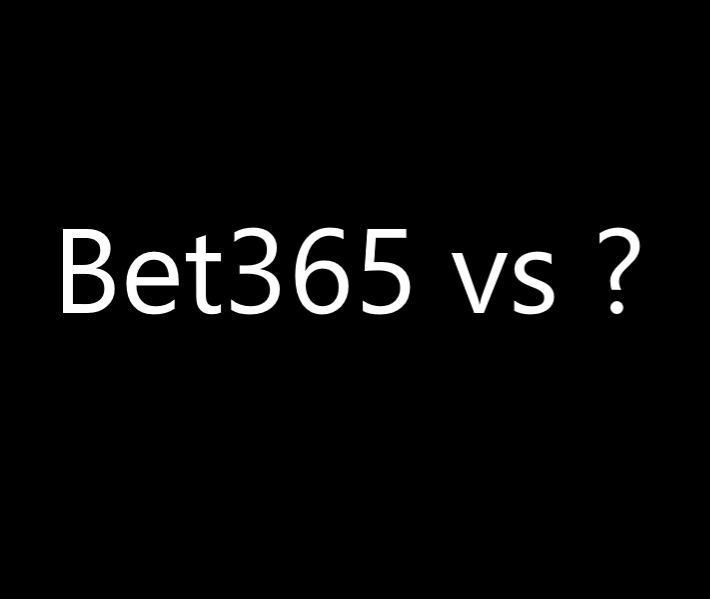


![When & How to Cash Out a Bet [Ultimate Guide]](https://legalbetcanada.com/wp-content/uploads/2023/06/cash-out.png)
